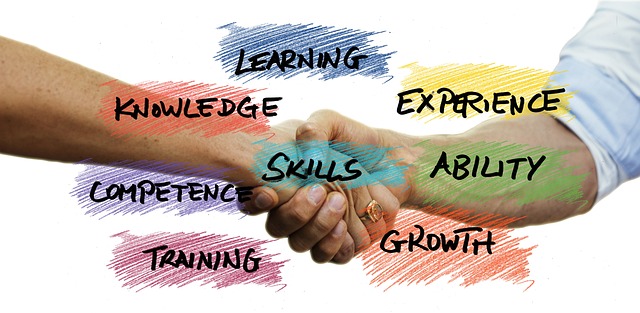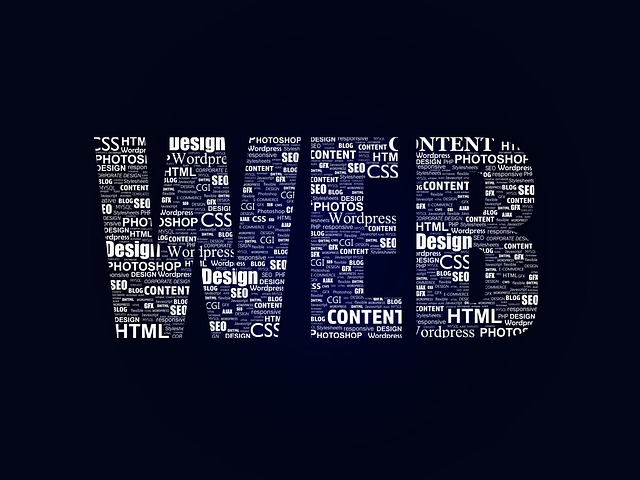User Experience Design: Shaping the Digital Landscape for Seamless Interactions
In the digital realm, where human desires and technological advancements intertwine, user experience design (UXD) emerges as a pivotal force. It transforms the way users interact with digital products and services, ensuring intuitive, accessible, and enjoyable experiences.
A Historical Journey of User Experience Design
The concept of UXD traces its roots back to the dawn of computing. In the 1950s, Douglas Engelbart envisioned a user-centered approach to human-computer interaction. In the 1970s, Xerox PARC’s groundbreaking research paved the way for graphical user interfaces (GUIs) and the mouse.
In the 1980s, Apple revolutionized the industry with the Macintosh, demonstrating the transformative power of intuitive design. In the 1990s, the internet’s exponential growth propelled UXD to the forefront, emphasizing the importance of navigation, usability, and information architecture.
Contemporary Trends Shaping UXD
Today, UXD continues to evolve at a rapid pace. AI and machine learning are unlocking new possibilities for personalized experiences. Voice user interfaces (VUIs) are redefining user interactions with devices. Mobile-first design has become ubiquitous, requiring seamless transitions across screen sizes.
Challenges and Solutions for UXD Professionals
UXD professionals encounter a myriad of challenges:
- Unclear User Requirements: Identifying and understanding users’ needs and expectations is crucial for effective design.
- Balancing Usability and Aesthetics: Striking a delicate balance between user-friendliness and visual appeal is essential.
- Accessibility Considerations: Ensuring inclusivity and catering to users with disabilities is vital for a broader reach.
Effective solutions include:
- User Research: Conducting comprehensive user research through surveys, interviews, and usability testing.
- Design Iterations: Adopting an iterative design process to refine the user experience based on feedback.
- User-Centered Frameworks: Utilizing methodologies such as Human-Centered Design (HCD) and Design Thinking to place the user at the core of the process.
Case Studies: Realizing the Power of UXD
- Spotify: With over 400 million monthly active users, Spotify’s intuitive music streaming platform exemplifies seamless navigation, personalized recommendations, and a user-friendly interface.
- Slack: As a leading workplace communication tool, Slack’s user-centric design fosters collaboration, streamlines workflows, and provides an engaging user experience.
- Uber: Uber’s mobile app revolutionized ride-hailing by leveraging GPS technology, intuitive controls, and real-time tracking features for a hassle-free user experience.
Best Practices for UXD Professionals
- Prioritize User Goals: Understand and prioritize the users’ goals and motivations to create meaningful experiences.
- Test and Iterate: Continuously test and refine designs to ensure they meet user needs and expectations.
- Seek Interdisciplinary Collaboration: Engage with engineers, designers, and marketers to foster a holistic approach to UXD.
- Embrace Empathic Design: Practice empathy to understand users’ perspectives and design solutions that resonate with their emotions.
Port Orange: A Rising Star in UXD
Nestled along Florida’s Atlantic coast, Port Orange has emerged as a hub of innovation in UXD. Local universities, startups, and industry giants are collaborating to create groundbreaking user experiences that have captured international attention.
- The University of Central Florida’s Center for Human-Computer Interaction (CHCI): Leading research and educational programs in UXD
- Port Orange-based startups: Developing revolutionary augmented reality (AR) and virtual reality (VR) experiences
- Tech giants: Establishing regional headquarters with a focus on UXD research and development
Future Outlook: UXD’s Evolving Landscape
As technology continues to advance, UXD will play an increasingly vital role in shaping our digital interactions.
- Personalized Interactions: AI and machine learning will empower devices to tailor experiences to individual preferences and behaviors.
- Multimodal Interfaces: Users will interact with devices through a combination of voice, touch, and gestures, creating more natural and immersive experiences.
- Ethical Considerations: UXD professionals will navigate ethical implications of technology, such as data privacy and algorithmic bias.
Summary: Key Takeaways
User experience design is a constantly evolving field that requires a deep understanding of human behavior, technological advancements, and design principles. By embracing user-centered practices, leveraging emerging technologies, and fostering interdisciplinary collaboration, UXD professionals can create seamless, accessible, and engaging digital experiences that empower users and shape the future of technology.








